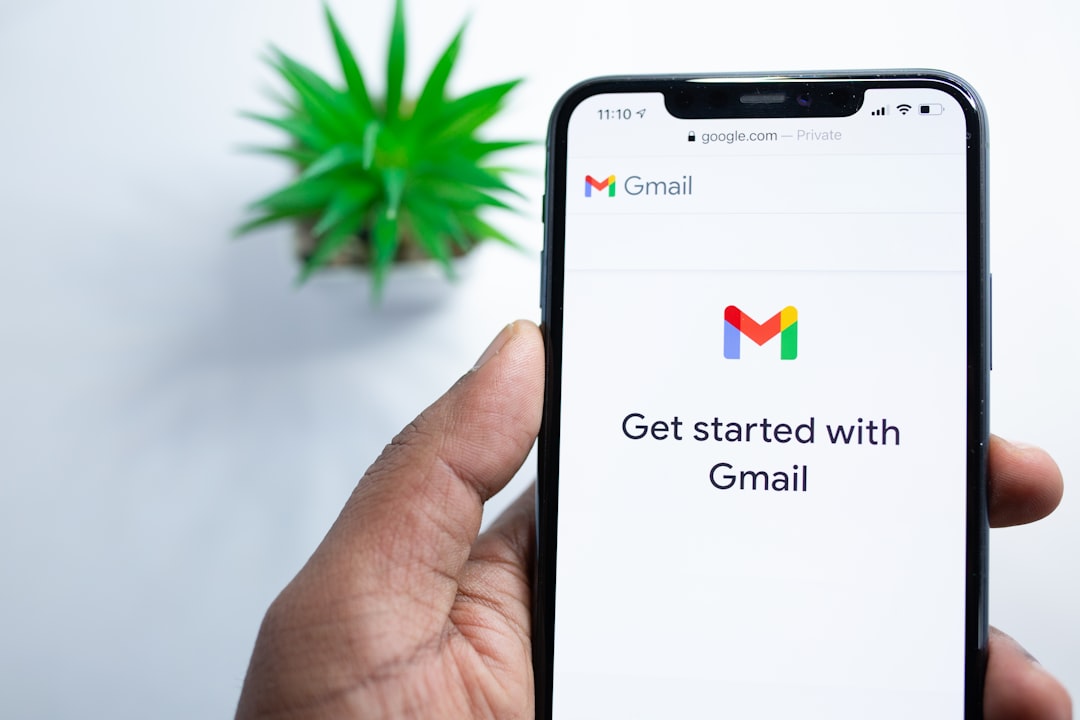Introduction
In today’s digital age, it’s easy to accumulate an overwhelming amount of digital clutter. From overflowing inboxes and cluttered desktops to neglected social media accounts and forgotten online subscriptions, our digital lives can quickly become chaotic. This digital mess not only impacts our productivity but also contributes to stress and anxiety.
This comprehensive guide will provide a step-by-step approach to decluttering your digital life, helping you regain control and create a more organized and efficient online presence.
1. Taming the Email Monster: Inbox Zero and Beyond
Let’s face it, email is often the biggest culprit of digital clutter. A cluttered inbox can be a major source of stress and distraction.
Follow these steps to conquer your inbox:
- Unsubscribe from Unwanted Emails: Take a few minutes to unsubscribe from newsletters, promotional emails, and other subscriptions you no longer read. Look for the “Unsubscribe” link at the bottom of emails.
- Use Filters and Folders: Create filters to automatically sort incoming emails into specific folders. This will help you prioritize important messages and keep your inbox organized.
- Embrace the “Inbox Zero” Philosophy: Aim to process all emails daily, responding, deleting, or filing them accordingly. Don’t let messages linger unnecessarily.
- Utilize Email Tools: Leverage email features like starred messages, reminders, and snooze functions to manage your workflow efficiently.
A cluttered hard drive or cloud storage is a recipe for frustration. Implement these strategies to tidy up your digital files:
- Establish a Clear Folder Structure: Create a logical hierarchy of folders and subfolders to categorize your files effectively. Use descriptive names that make it easy to locate what you need.
- Delete Duplicates: Utilize duplicate file finder tools to identify and remove unnecessary copies of files, freeing up valuable storage space.
- Embrace Cloud Storage: Migrate important files and documents to cloud storage services like Google Drive, Dropbox, or iCloud. This not only provides backup but also enables access from multiple devices.
- Regularly Back Up Your Data: Implement a consistent backup routine to protect your valuable files from accidental loss or hardware failures. Use external hard drives or cloud-based backup solutions.
